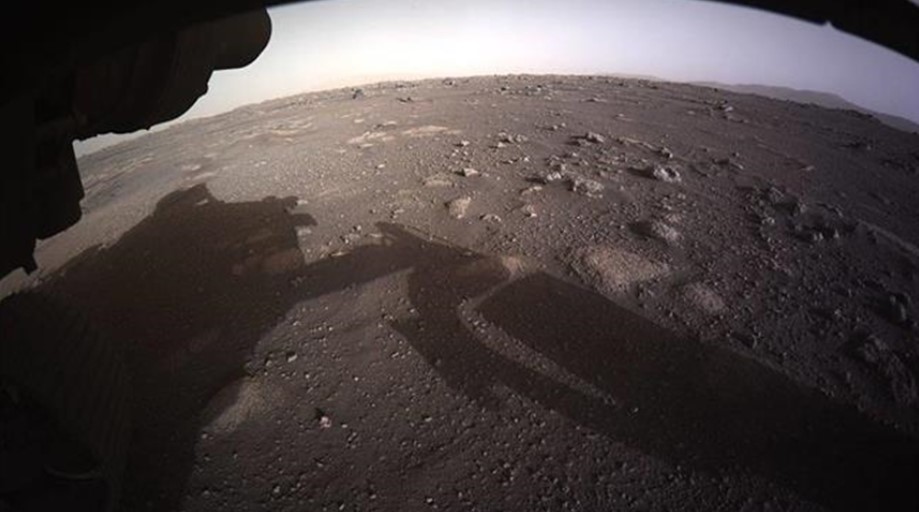The US National Aeronautics and Space Administration (NASA) released the first audio and video footage Monday from its Perseverance rover which landed on Mars last week.
The three and a half minutes of video footage showed parachute deployment and the Perseverance's touchdown last Thursday on the planet. The video ends with the Perseverance’s wheels making contact with the surface of Mars.
A microphone on the rover also provided the first audio recording of sounds from the Red Planet. Although the microphone did not collect usable data during the descent, a breeze on the planet could be heard for a few seconds, in addition to mechanical sounds of the rover operating on the surface, NASA said in a statement.
The footage from high-definition cameras aboard the spacecraft started 7 miles (11 kilometers) above the surface of Mars, showing the supersonic deployment of the most massive parachute ever sent to another world.
-This video of the Perseverance’s descent is the closest you can get to landing on Mars without putting on a pressure suit- Thomas Zurbuchen, NASA associate administrator for the Science Mission Directorate at NASA headquarters, said in the statement.
